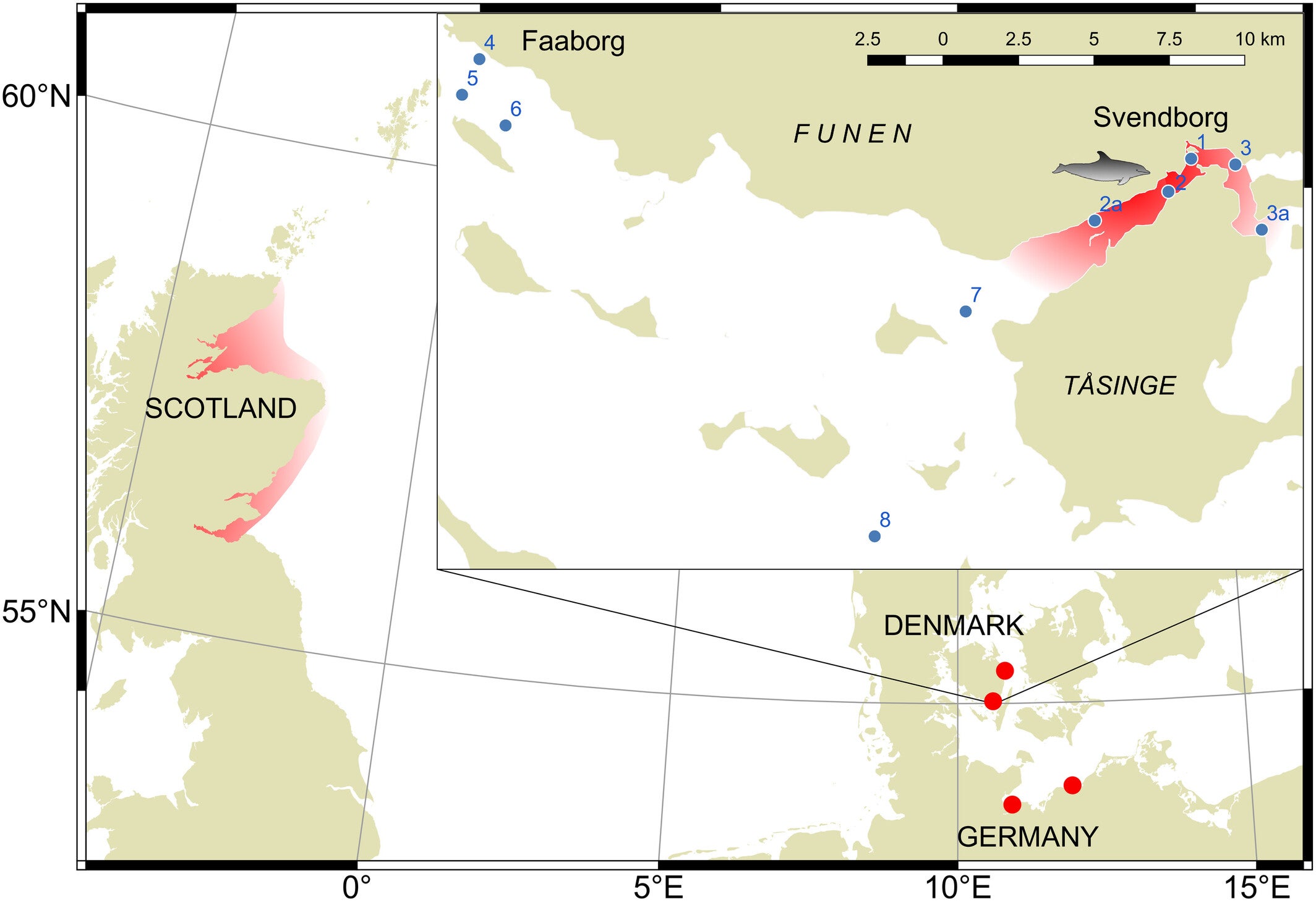Lonely dolphin in Baltic Sea may be talking to itself
‘Self-talk’ may be byproduct of intrinsic need for social interaction, researchers say
Your support helps us to tell the story
From reproductive rights to climate change to Big Tech, The Independent is on the ground when the story is developing. Whether it's investigating the financials of Elon Musk's pro-Trump PAC or producing our latest documentary, 'The A Word', which shines a light on the American women fighting for reproductive rights, we know how important it is to parse out the facts from the messaging.
At such a critical moment in US history, we need reporters on the ground. Your donation allows us to keep sending journalists to speak to both sides of the story.
The Independent is trusted by Americans across the entire political spectrum. And unlike many other quality news outlets, we choose not to lock Americans out of our reporting and analysis with paywalls. We believe quality journalism should be available to everyone, paid for by those who can afford it.
Your support makes all the difference.A solitary bottlenose dolphin in the Baltic Sea has grown so lonely and devoid of companions that it may have started “talking” to itself, a new study suggests.
The male dolphin, named Delle by locals, has been spending time in the Svendborgsund channel in Denmark, far outside the usual range of the species.
Bottlenose dolphins are highly social animals known for cooperating in various behaviours like hunting and mating. Their complex communication practices suggest they thrive in groups.
They are also known to call each other using “signature whistles”, which help identify the caller in a way similar to using a personal name.
The presence of a solitary individual from such a social species in the channel has perplexed scientists.

A study earlier this year revealed that Delle might be linked to the displacement of porpoises in the Baltic Sea. Scientists aimed to investigate Delle’s behaviour further to understand how his presence might be affecting the channel’s other marine inhabitants.
In the latest study, they used underwater recording devices to pick up Delle’s vocalisations.
The devices picked up a range of different sounds made by the lone dolphin, including whistles, low-frequency tonal sounds, percussive sounds, and burst pulses.
Researchers sought to determine whether Delle’s calls exhibited “intentionality”, meaning they were aimed at provoking specific responses in others of his species.
Signals with intentionality are used by animals to alter the mental states of others, such as alarm calls to warn about predators. Highly intelligent and social animals, including apes and bottlenose dolphins, are known to produce such signals.
Despite their efforts, researchers found that Delle’s calls lacked intentionality, as there were no recipients for the signals in the channel.
They noted that the solitary dolphin was surprisingly vocal, producing sounds typically used to maintain contact and coordinate activities with other dolphins.
“If the dolphin’s solitary status was unknown, one might conclude that the recordings captured a group of three different dolphins,” they wrote. “It is highly unusual that the dolphin produced these sounds without any conspecifics present.”
Scientists said Delle’s vocalisations could be “emotional signals” or sounds serving functions unrelated to communication.
This form of “self-talk” could be a byproduct of an intrinsic need for social interaction, researchers concluded.
However, they admit they “lack a clear explanation” for the phenomenon.

Join our commenting forum
Join thought-provoking conversations, follow other Independent readers and see their replies
Comments